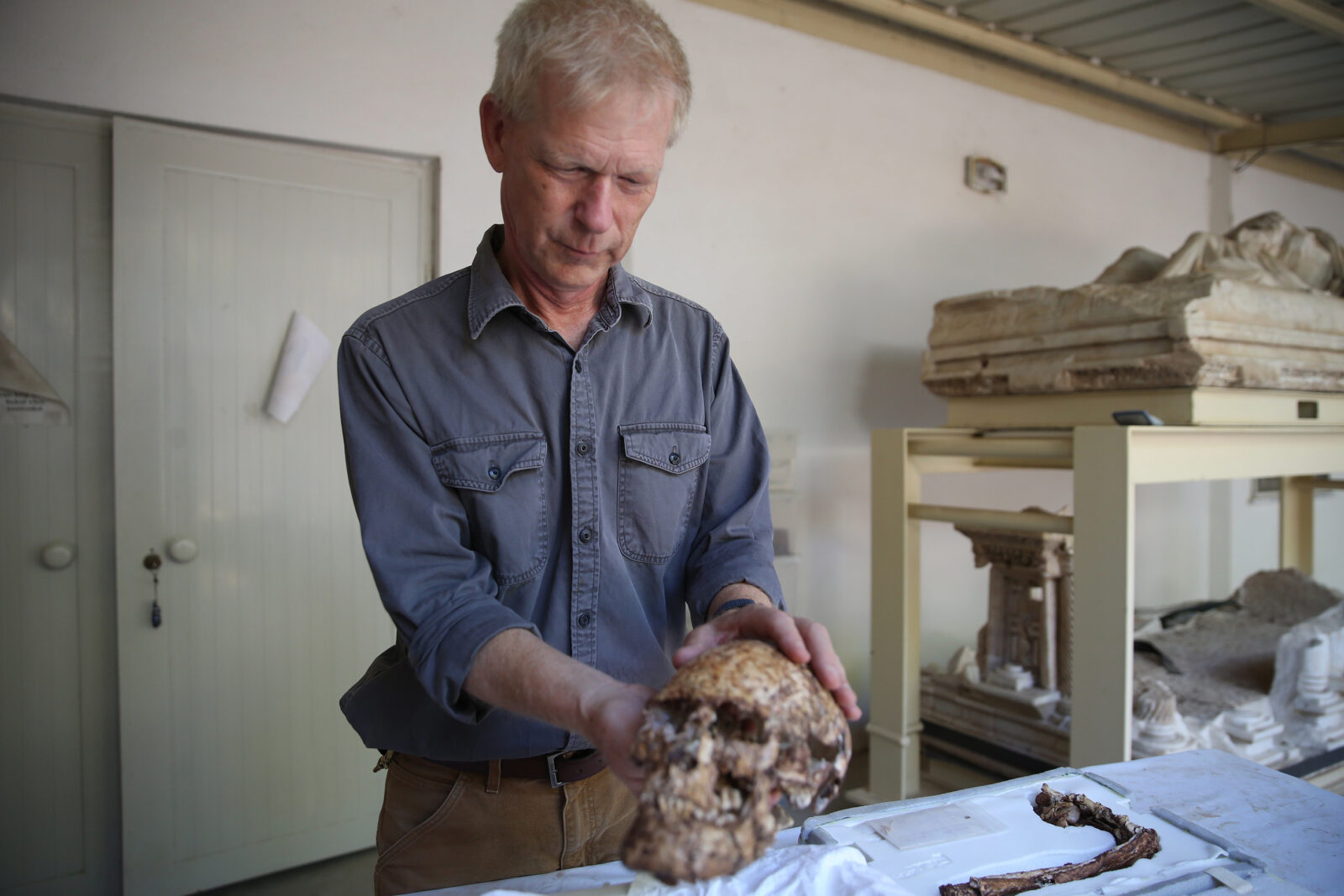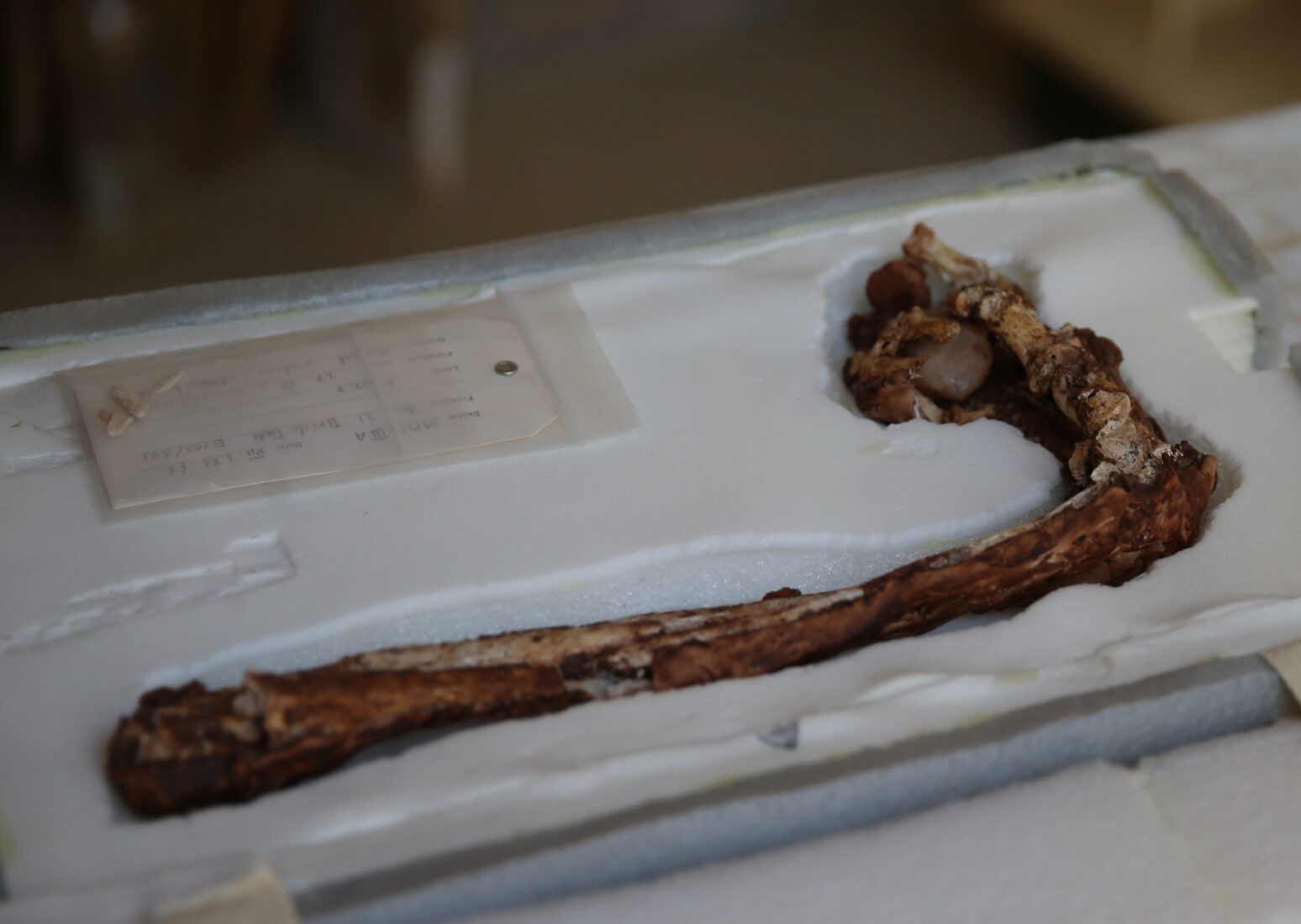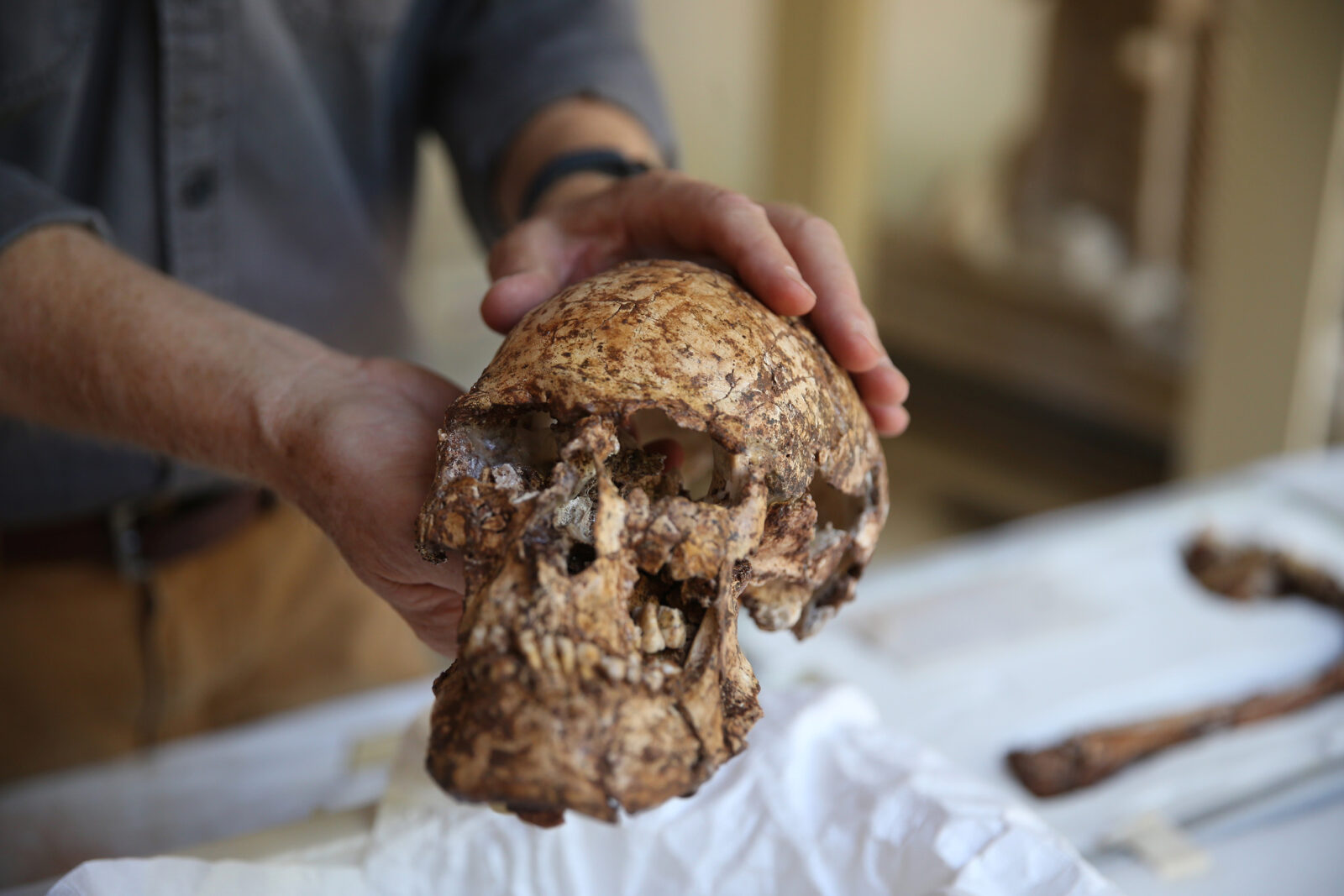
Significant relics from the Thymbra Battle, which paved the way for the Persian occupation of Lydia, have been uncovered in the ancient city of Sardis.
Among the findings are artifacts dating back approximately 2,500 years and the skeleton of a soldier holding a stone in his hand, shedding light on this historic conflict.

Ongoing archaeological excavations at Sardis, led by Professor Nick Cahill from the University of Wisconsin, have revealed evidence from the battle between Lydia's King Croesus and the Achaemenid Empire's Cyrus the Great in 546 B.C.
The team has unearthed weapons such as spears, arrowheads, swords, and helmet fragments.

Prof. Cahill noted, “We found one soldier’s skeleton with a stone in his hand, which we believe to be a slingstone used during the battle. Additionally, there are sword wounds on the head and arms of the soldiers.”
The soldiers' remains, discarded among the rubble of mudbrick walls, suggest they were defeated Lydia soldiers.

Cahill explained, “These bones and accompanying artifacts provide evidence of Persian dominance and the destruction it caused to the once-grand cities of Western Anatolia.”
The discovery highlights the impact of Persian rule on the region and offers new insights into ancient warfare and strategy.